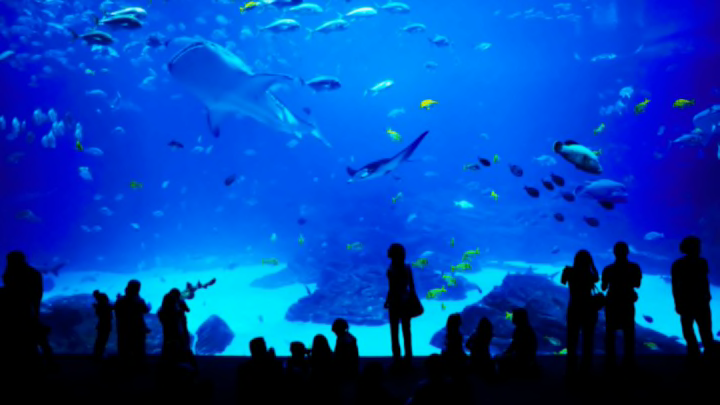The Woman Who Invented Aquariums

Without a 19th century seamstress named Jeanne Villepreux-Power, there might be no fish tanks. Villepreux-Power, who was one of the foremost cephalopod researchers of her era, invented the modern aquarium. Yet she’s largely been forgotten, in part due to an unfortunate shipwreck.
Villepreux-Power was born in rural France in 1794. She became a noted Parisian dressmaker, skilled enough to be hired to embroider clothing for royal weddings. But when she married a wealthy merchant and moved to Italy as a young woman, she ditched embroidery for scientific pursuits, as author Helen Scales describes in her book on seashells, Spirals in Time. Villepreux-Power went on to observe tool use in octopi and discover the way Argonauta argo, the paper nautilus, secretes its own shell.
In the course of her pioneering research on the paper nautilus, she had to figure out a way to observe the creature in the lab. So she invented the modern glass aquarium in 1832.
Image Credit: Comingio Merculianovia Wikimedia Commons // Public Domain
She invented three different types of aquariums, according to an article in the bulletin of the Malacological Society of London. One was designed to be used indoors, one placed in a cage to be set in shallow water, and one designed to be anchored to the sea floor. She used these to observe the paper nautilus developing shells as larvae, and repair them by secreting a special substance when the shell was damaged. She also discovered that a small, octopus-looking organism found with paper nautilus eggs was actually the male Argonauta.
Unfortunately, all of Villepreux-Power’s books and papers were lost at sea while the scientist and her husband were moving from Sicily to London. The couple had traveled by land, but had sent their belongings on a ship that sank in a storm. Devastated, Villepreux-Power stopped researching, leaving much of her contributions to early marine animal research unheralded. So go ahead and pour one out for her whenever you see a particularly nice fish tank.
[h/t: Science News via Smithsonian]